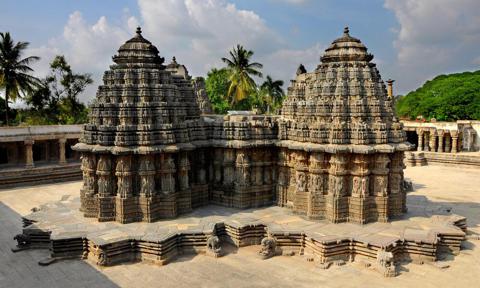
The UNESCO World Heritage Committee has made 42 new additions to the World Heritage List, including two historic Indian sites.
The list was updated as part of the 45th session of the committee’s meeting in Riyadh, Saudi Arabia recently. By the end, 33 new cultural sites and nine new natural sites were included in the list which recognises historic locations worth preserving across the globe.
The two Indian sites that made it to the list include the Sacred Ensembles of Hoysalas in Karnataka and Santiniketan in West Bengal.

The Sacred Ensembles of Hoysalas include three temples, dated from the 12th to 13th centuries. These temples represent a significant stage in the historical development of Hindu temple architecture in India. The site has been on UNESCO’s tentative list since 2014.

The other Indian site to be added to the World Heritage list is Santiniketan. Established in 1901 by renowned poet, writer, artist and philosopher Rabindranath Tagore, Santiniketan was a residential school and centre for art based on ancient Indian traditions. It represented a vision of humanity transcending religious and cultural boundaries for the sake of art and education.
What does it mean for a site to be included in UNESCO’s World Heritage list?
According to a statement by UNESCO, these sites will now “benefit from the highest level of heritage protection in the world” and will also “have access to new opportunities for technical and financial assistance from UNESCO”.
UNESCO also states that this often helps raise awareness among citizens and governments for heritage preservation. The prestige and awareness lead to an overall rise in the level of protection and conservation given to heritage properties.
- Quick links
- UNESCO
- travel
- World Heritage






